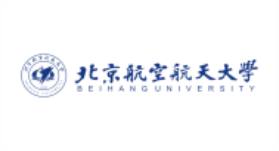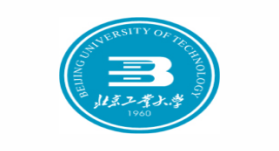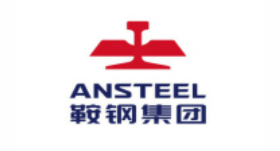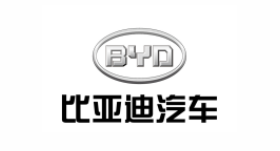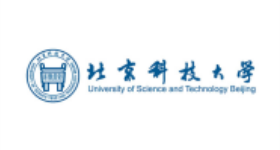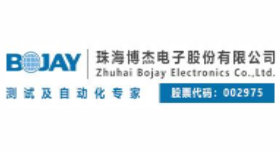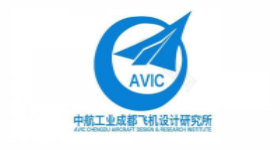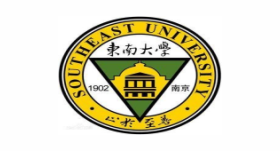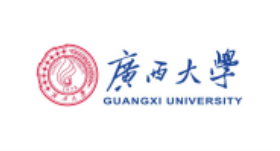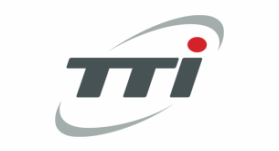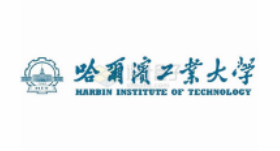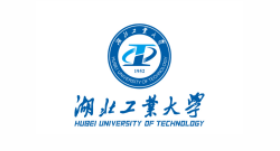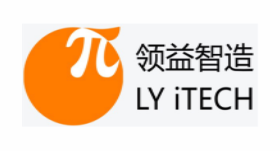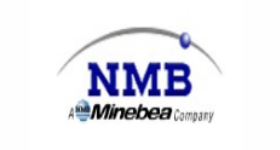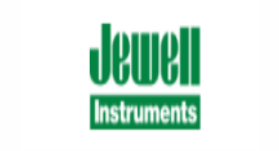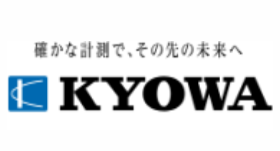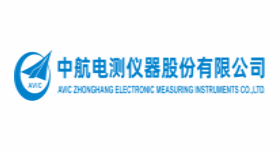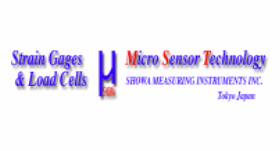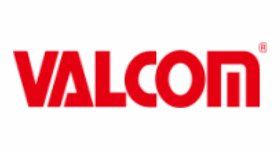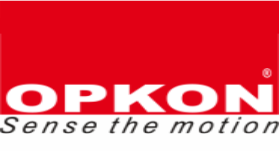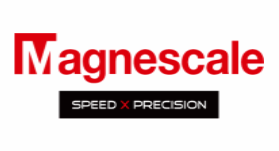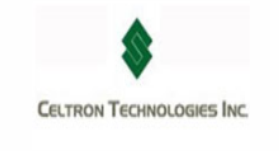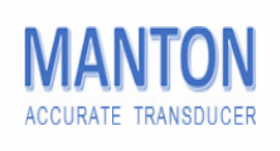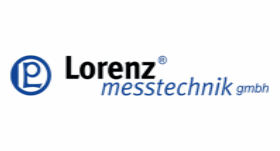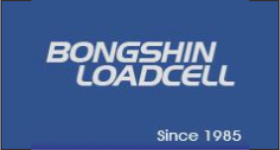The design innovation and process innovation of the weighing sensor should have a high level of technical leadership and advanced technology as the pressure sensor. The accuracy of the product should be high, the stability and reliability should be better, and there should be a relatively wide market spread and stable benefit increment conditions. The metal material used as the elastomer of the weighing sensor, due to its internal complex organizational structure relationship, when subjected to external force, there will be micro-strain between the tiny grains, after the external force disappears, the micro-strain will disappear, but whether it can be completely restored to the original state without force, depending on the metal material of the elastomer.
Advanced manufacturing technology and manufacturing process at home and abroad are strategic technologies that affect the development of load cell, are the technical basis for transforming traditional load cell enterprises, are the Bridges and channels for integrating high-tech to achieve industrialization, and are important guarantees for realizing a new type of scientific and technological system. By selecting the right metal material, the TEDEA-HUNTLEIGH 1430 single-point load cell uses advanced heat treatment to increase the elastic limit and reduce the hysteria generated. At present, the widely used elastomer material in the domestic market is 40CrNiMoA, which can obtain good comprehensive mechanical properties after reasonable heat treatment process.
The domestic development of weighing sensors is inseparable from technology and talent development, only in this way can we walk in the forefront of the world, and also get better protection for the vast number of weighing sensor demand! Focus on the development of MEMS, weight measurement pressure sensor, torque sensor, temperature sensor, RFID radio frequency identification device and other sensors; It converts the strain of the elastomer into a change in resistance value through the resistance strain effect of the sensitive gate. If the material itself has hysteresis, the strain gauge also has hysteresis. At present, the world's famous strain gauge manufacturers are manufacturing strain timing to fully take into account the hysteresis, the use of self-compensation measures in order to reduce the hysteresis to the lowest level. The performance of the load cell depends on several aspects, which are also factors that must be considered when choosing a load cell.
The selection of the type of weighing sensor mainly depends on the type of weighing and installation space to ensure proper installation and safe and reliable weighing; On the other hand, to consider the suggestions of the manufacturer, the manufacturer will generally specify the scope of application of the sensor according to the stress of the sensor, performance indicators, installation form, structural type, and the material of the elastomer, etc. After the elastomer and strain gauge are composed, the sensor also needs to be sealed with sealant, mainly for fixed lines and seals. Prevent the influence of external environment on sensor performance. On the surface, the sealant is relatively soft after curing, and the strength relative to the elastomer is almost negligible. At present, the sensor industry generally feels that there is not only a lack of technical personnel, due to the lack of technical developers, the product structure can not be adjusted in place, and new products can not be developed or developed in a short time. If applied to small range force measurement, the performance of the load cell depends on several aspects of this role must be considered. When a small force is applied to the elastomer, the elastomer deformation is small, and the sealant thickness affects the deformation that occurs.
Sensor information:

